State Emblem of India
| Emblem of India भारत का राष्ट्रीय चिह्न | |
|---|---|
 | |
| Details | |
| Armiger | Republic of India |
| Adopted | 26 January 1950 |
| Motto |
Satyameva Jayate "Truth Alone Triumphs" |
The State Emblem of India, as the national emblem of India is called, is an adaptation of the Lion Capital of Ashoka at Sarnath, preserved in the Varanasi Sarnath Museum in India. It was adopted on 26 January 1950, the day that India became a republic.[1]
The emblem forms a part of the official letterhead of the Government of India and appears on all Indian currency as well. It also functions as the national emblem of India in many places and appears prominently on Indian passports. The Ashoka Chakra (wheel) on its base features in the centre of the national flag of India.
The usage of the emblem is regulated and restricted under State Emblem of India (Prohibition of Improper Use) Act, 2005. No individual or private organisation is permitted to use the emblem for official correspondence.
The actual Sarnath capital features four Asiatic lions standing back to back, symbolizing power, courage, confidence and pride mounted on a circular base. At the bottom is a horse and a bull, and at its centre is a beautiful wheel (Dharma chakra). The abacus is girded with a frieze of sculptures in high relief of an elephant (of the east), a bull (of the west), a horse (of the south), and a lion (of the north), separated by intervening wheels, over a lotus in full bloom, exemplifying the fountainhead of life and creative inspiration. Carved from a single block of sandstone, the polished capital is crowned by the Wheel of the Law (Dharma Chakra).
In the emblem adopted by Madhav Sawhney in 1950, only three lions are visible, the fourth being hidden from view. The wheel appears in relief in the centre of the abacus, with a bull on the right and a galloping horse on the left, and outlines of Dharma Chakras on the extreme right and left. The bell-shaped lotus beneath the abacus has been omitted.[2]
Forming an integral part of the emblem is the motto inscribed below the abacus in Devanagari script: Satyameva Jayate सत्यमेव जयते (English: Truth Alone Triumphs).[3] This is a quote from Mundaka Upanishad,[4] the concluding part of the sacred Hindu Vedas.
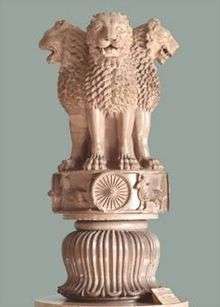 The original Lion Capital of Ashoka
The original Lion Capital of Ashoka Ashoka Stambha at Indian Museum, Kolkata
Ashoka Stambha at Indian Museum, Kolkata
Emblems of national bodies
 Emblem of the Supreme Court of India
Emblem of the Supreme Court of India Emblem of the Central Bureau of Investigation
Emblem of the Central Bureau of Investigation Emblem of the Research and Analysis Wing
Emblem of the Research and Analysis Wing Logo of the Election Commission of India
Logo of the Election Commission of India
Seals of States and Union Territories of India
States
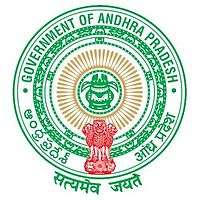
 Seal of Arunachal Pradesh
Seal of Arunachal Pradesh

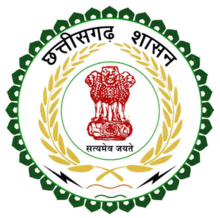 Seal of Chhattisgarh
Seal of Chhattisgarh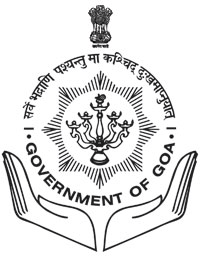

 Seal of Haryana
Seal of Haryana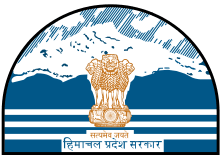 Seal of Himachal Pradesh
Seal of Himachal Pradesh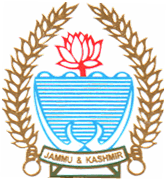 Seal of Jammu and Kashmir
Seal of Jammu and Kashmir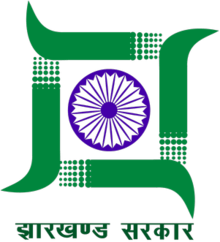 Seal of Jharkand
Seal of Jharkand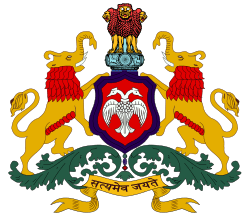

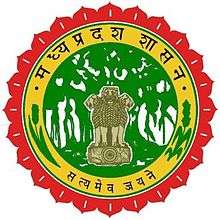 Seal of Madhya Pradesh
Seal of Madhya Pradesh Seal of Maharashtra
Seal of Maharashtra Seal of Manipur
Seal of Manipur Seal of Meghalaya
Seal of Meghalaya
 Seal of Nagaland
Seal of Nagaland Seal of Odisha
Seal of Odisha Seal of Punjab
Seal of Punjab Seal of Rajasthan
Seal of Rajasthan
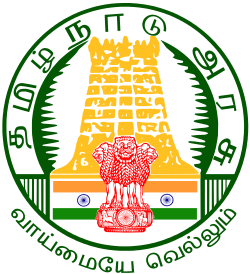
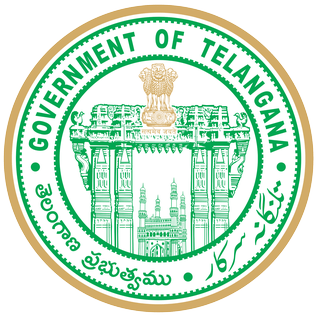

 Seal of Uttar Pradesh
Seal of Uttar Pradesh
 Seal of West Bengal
Seal of West Bengal
Union Territories
 Seal of Andaman and Nicobar Islands
Seal of Andaman and Nicobar Islands Seal of Dadra and Nagar Haveli
Seal of Dadra and Nagar Haveli Seal of Daman and Diu
Seal of Daman and Diu Seal of the National Capital Territory of Delhi
Seal of the National Capital Territory of Delhi Seal of Lakshadweep
Seal of Lakshadweep Seal of Puducherry
Seal of Puducherry
Historic Seals and Emblems
 Emblem of the Constituent Assembly of India
Emblem of the Constituent Assembly of India Emblem of India during the British Raj called the Star of India
Emblem of India during the British Raj called the Star of India Coat of arms of the British East India Company which ruled most of the subcontinent after the Mughals until 1857
Coat of arms of the British East India Company which ruled most of the subcontinent after the Mughals until 1857 Seal of the Mughal Empire
Seal of the Mughal Empire.svg.png) Coat of arms of Portuguese India
Coat of arms of Portuguese India
References
- ↑ "State Emblem". Know India. Government of India. Retrieved 1 May 2016.
- ↑ "The State Emblem Of India (Prohibition Of Improper Use) Act, 2005" (PDF). 2005-12-20. p. 4. Retrieved 2012-04-15.
- ↑ Kamal Dey v. Union of India and State of West Bengal (Calcutta High Court 2011-07-14). Text
- ↑ "Rajya Sabha Parliamentary Standing Committee On Home Affairs: 116th Report on The State Emblem Of India (Prohibition Of Improper Use) Bill, 2004" (PDF). Archived 8 March 2013 at the Wayback Machine.

